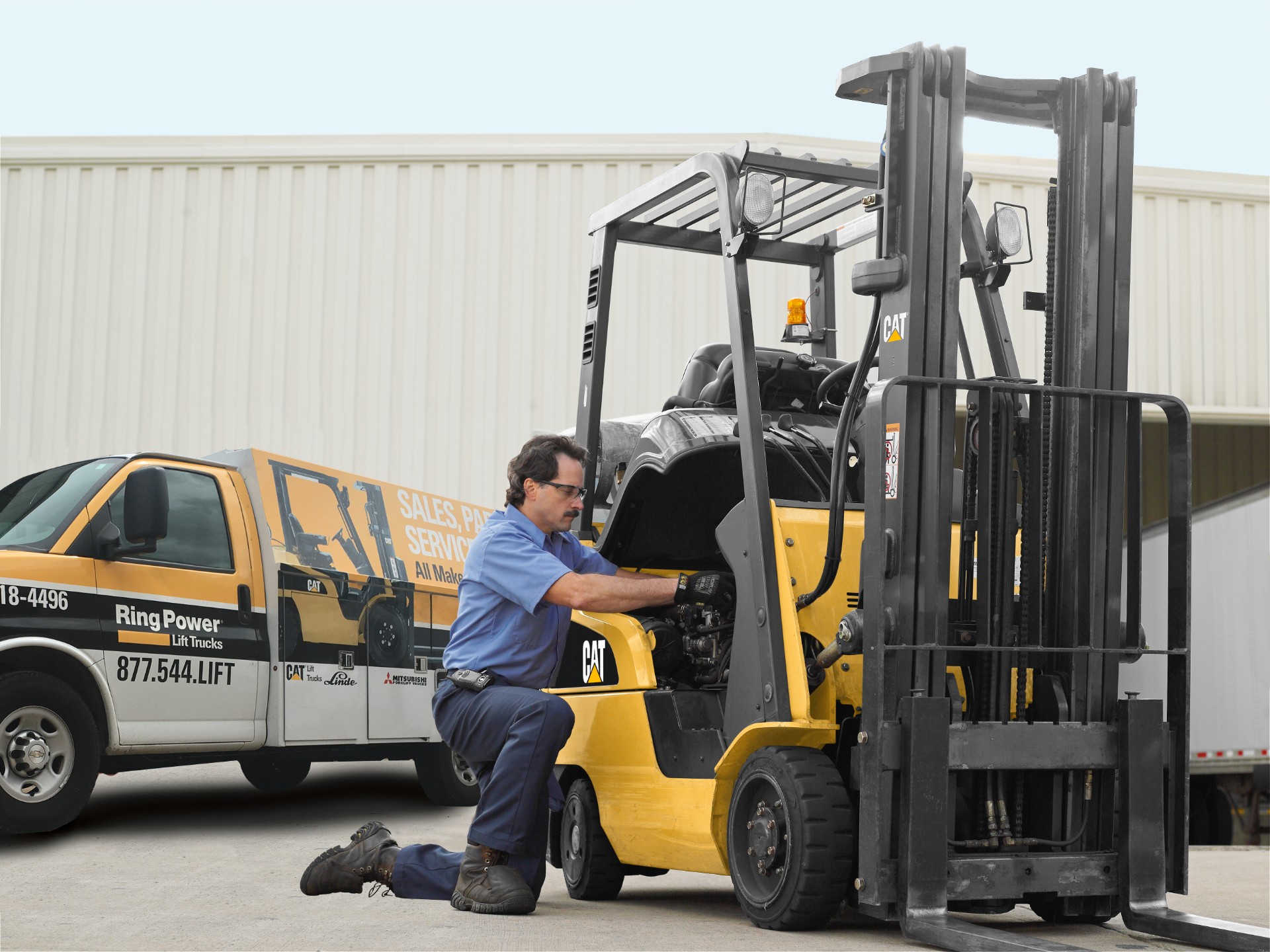A Thorough Method to Enhancing Performance With Strategic Lift Repair Service Techniques
A tactical and organized method to lift repair service and maintenance is imperative to make the most of performance and reduce downtime. By resolving common lift problems, executing positive maintenance procedures, and establishing targeted repair work plans, facilities can enhance their lift systems to run at peak efficiency levels.
Relevance of Lift Performance Optimization
Comprehending the significance of maximizing lift performance is important for making sure reliable and reliable upright transport systems in various buildings and frameworks. Lifts are crucial parts of modern-day facilities, offering vertical wheelchair for owners and products within structures of differing elevations. By maximizing lift efficiency, structure proprietors and facility supervisors can improve customer experience, enhance power effectiveness, and increase overall functional effectiveness.
Efficient lift efficiency optimization involves different factors, including speed, capacity, power usage, safety, and maintenance requirements. Properly enhanced lifts can minimize wait times for users, particularly in high-traffic structures, leading to boosted fulfillment and efficiency. Additionally, optimized lifts add to power cost savings by utilizing innovative control systems and technologies that minimize power consumption without endangering performance.

Identifying Common Lift Issues
Determining usual lift issues is vital for preserving the operational efficiency and security of vertical transport systems in structures. This issue can be indicative of problems with the lift's electric motor, control system, or also the alignment of the lift car.
Another widespread lift problem is weird noises rising from the lift shaft or equipment room. These sounds can vary from grinding or scratching sounds to loud clunking noises, all of which might signify underlying mechanical concerns that require instant focus. Additionally, constant door malfunctions, such as doors not opening or shutting effectively, can disrupt the smooth circulation of travelers and position safety threats.
Implementing Positive Maintenance Actions
To enhance the performance and long life of lift systems, positive upkeep measures play a critical duty in making certain functional dependability and safety. lift repair. Implementing proactive maintenance includes systematically checking, maintenance, and fixing elements before they fall short, thus avoiding expensive downtime and prospective security hazards. Regularly scheduled assessments can help recognize small problems before they intensify into major troubles, inevitably extending the lifespan of lift systems
One secret element of aggressive maintenance is producing an in-depth upkeep click for more info routine based on manufacturer recommendations and sector finest methods. This timetable must outline tasks such as lubrication, positioning checks, and part replacements at specified periods. Additionally, applying problem monitoring techniques, such as vibration analysis and thermal imaging, can assist identify early indicators of wear or malfunction.
Furthermore, training maintenance team on proper evaluation strategies and preventative upkeep procedures is crucial for the effective execution of positive upkeep measures. By promoting a culture of aggressive maintenance within a company, lift systems can run at peak efficiency levels, minimizing disruptions and ensuring the safety and security of customers.
Developing Targeted Repair Plans
Upon evaluating the maintenance documents and efficiency information, the engineering group can create targeted fixing strategies to optimize and deal with certain problems lift system functionality. These fixing plans are tailored to the identified problems, making sure that sources are concentrated on settling vital issues successfully. By focusing on fixings based upon their influence on performance and safety, the targeted repair service plans help lessen downtime and upkeep costs while making best use of the lift system's dependability.
Establishing these plans involves an extensive evaluation of the lift system parts, including electric motors, wires, brakes, and control systems. Via this thorough assessment, the design team can figure out the origin causes of any kind of breakdowns or deterioration in performance. This info is then made use of to create a roadmap for the repair process, describing the essential steps, timeline, and resources called for to address each problem properly.
Furthermore, targeted repair work plans may include preventative measures to boost the lift system's long life and efficiency. By proactively attending to prospective issues before they escalate, these plans add to the general efficiency and safety of the lift system.
Utilizing Data-Driven Insights
Taking advantage of the power of data-driven insights is vital in optimizing lift system performance and maintenance performance. By leveraging data analytics, lift drivers can make Full Report educated choices that result in boosted operational efficiency and price financial savings. Via the analysis of historical efficiency patterns, fads and information can be recognized, enabling predictive maintenance approaches to be implemented. These predictive maintenance methods aid avoid unexpected breakdowns, minimize downtime, and extend the life expectancy of lift systems.

Final Thought
To conclude, enhancing lift efficiency is important for making sure performance and safety and security in buildings. By determining usual lift problems, carrying out positive maintenance actions, creating targeted repair work strategies, and utilizing data-driven insights, organizations can improve efficiency and reduce downtime. It is very important to take a comprehensive strategy to lift repair service techniques to maximize functional effectiveness and ensure the long life of lift systems.
By resolving usual lift issues, carrying out positive upkeep measures, and creating targeted fixing strategies, facilities can maximize their lift systems to operate at peak performance degrees.Another common lift issue is strange sounds rising from the lift shaft or equipment space.Upon assessing the upkeep documents and efficiency data, the design team can create targeted repair strategies to address particular problems and enhance lift system functionality. By focusing on repairs based on their influence on performance and safety and security, the targeted repair service plans assist decrease downtime and maintenance prices while making best use of the lift system's reliability.
It is important to take a thorough approach to lift repair methods to optimize functional effectiveness and make certain the long life of lift systems.